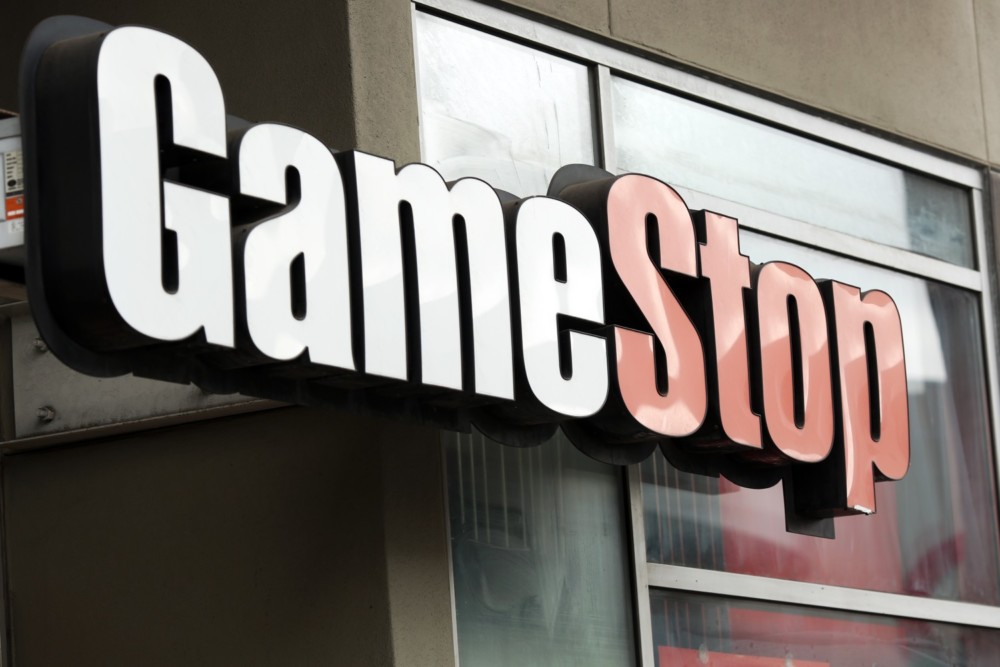Yakob Peterseil
Bloomberg News
WWR Article Summary (tl;dr) The David vs. Goliath scenarios that are playing out in the financial markets right now don’t look to be ending anytime soon. But what is next? Yakob Peterseil takes a look.
Bloomberg
The dust may be settling on the Reddit madness, but the sudden rise of this disruptive cohort is causing some stock-options traders to ask: What if the retail army decide to do it all again, by forcing prices down instead of up?
It’s a tall risk few institutional pros had considered until last week’s market drama when day traders pounded hedge funds by bidding up their most-shorted stocks.
While they were igniting a now-famous 400% surge in GameStock, the cohort also loaded up on call options. That forced dealers to buy the underlying equities to hedge their own exposure, pouring fuel on the rally in stocks loved by the Reddit crowd and hated by Wall Street.
Now, some options experts say the message-board masses could exploit this so-called gamma squeeze in reverse, by weaponizing puts to power a sell-off. While the Reddit crowd overall prefer bullish bets for now, plenty of bearish positions were being placed on GameStop as it plummeted back to Earth.
With retail crowd setting their sights on silver and biotech companies this week, traders can be forgiven for fretting what’s next for a crowd seeking to exploit wrinkles in the relationship between stocks and options.
“Put buying en masse would add to dealers’ short put positioning and could create much more severe structural leverage imbalance to the downside,” said Cem Karsan, founder of Aegea Capital Management LLC and a former options market maker.
Karsan, who has 24,000 Twitter followers, floated the scenario on The Derivative podcast last week.
Once an obscure dynamic in the market plumbing, gamma squeezes are the talk of both Wall Street and the amateur crowd following the GameStop drama.
It goes like this. When an investor buys a call, the dealer who sold the contract will typically hedge by purchasing the underlying stock. The more the latter rises toward the option’s strike price, the more shares the market maker will theoretically have to buy. That can supercharge stock prices as shares rise and dealers buy more.
And the dynamic works in reverse, too.
Dealers who have sold puts will hedge themselves by selling the underlying shares. As the price drops toward the option’s strike, they will sell more and more.
A post on r/WallStreetBets Tuesday described this very market quirk.
Last year’s tech rally was fueled in large part by a gamma squeeze spurred by call buying in names like Netflix Inc. and Apple Inc. In a world of soaring megacap valuations, the thinking goes that the same forces could be unleashed in the opposite direction with derivatives betting against such names.
“Where a put-option gamma squeeze becomes much more dangerous is in mega cap tech names that comprise the indices,” according to Garrett DeSimone, head quant at OptionMetrics, a data provider. “These are much more liquid stocks and have the ability to impact the broader indices and ETFs.”
According to Credence Capital Management trader Yannis Couletsis, that kind of liquidity would be the very thing to save the situation. He reckons even if a negative gamma squeeze occurs, real-money buyers are likely to step in and that will ensure the fallout is short-lived.
“I would not expect it will provide dramatically meaningful fuel to the fire except for the first couple of days,” the volatility trader said.
However long it lasts, the effects could be significant. A particular concern is that a gamma squeeze to the downside could actually be far more powerful than one that sends stocks higher. That’s because market makers are short puts across their business thanks to persistent demand for stock hedges.
It’s different for calls, where liquidity providers are overwhelmingly long thanks to the boom in call-overwriting strategies that involve selling the bullish contracts, according to Aegea’s Karsan.
All that means if the masses get involved in put buying, it might force dealers to offload the underlying shares at a fast clip and trigger waves of selling.
“Negative gamma is much riskier because downward volatility is a stronger feedback loop,” said OptionMetrics’ DeSimone.
___
Distributed by Tribune Content Agency, LLC














































































































































































































































































































































































